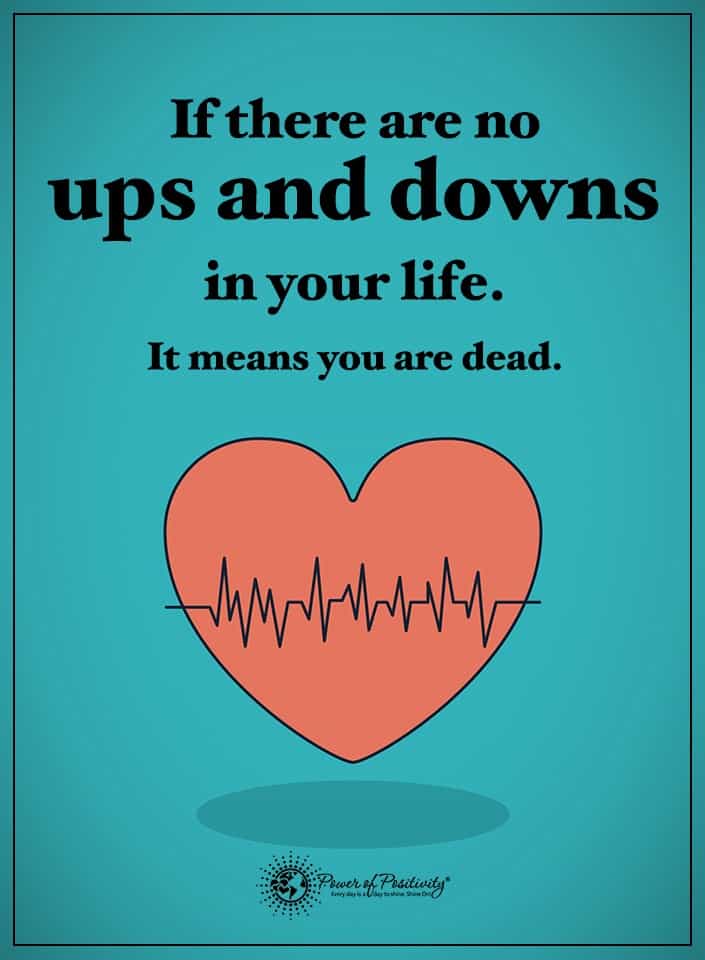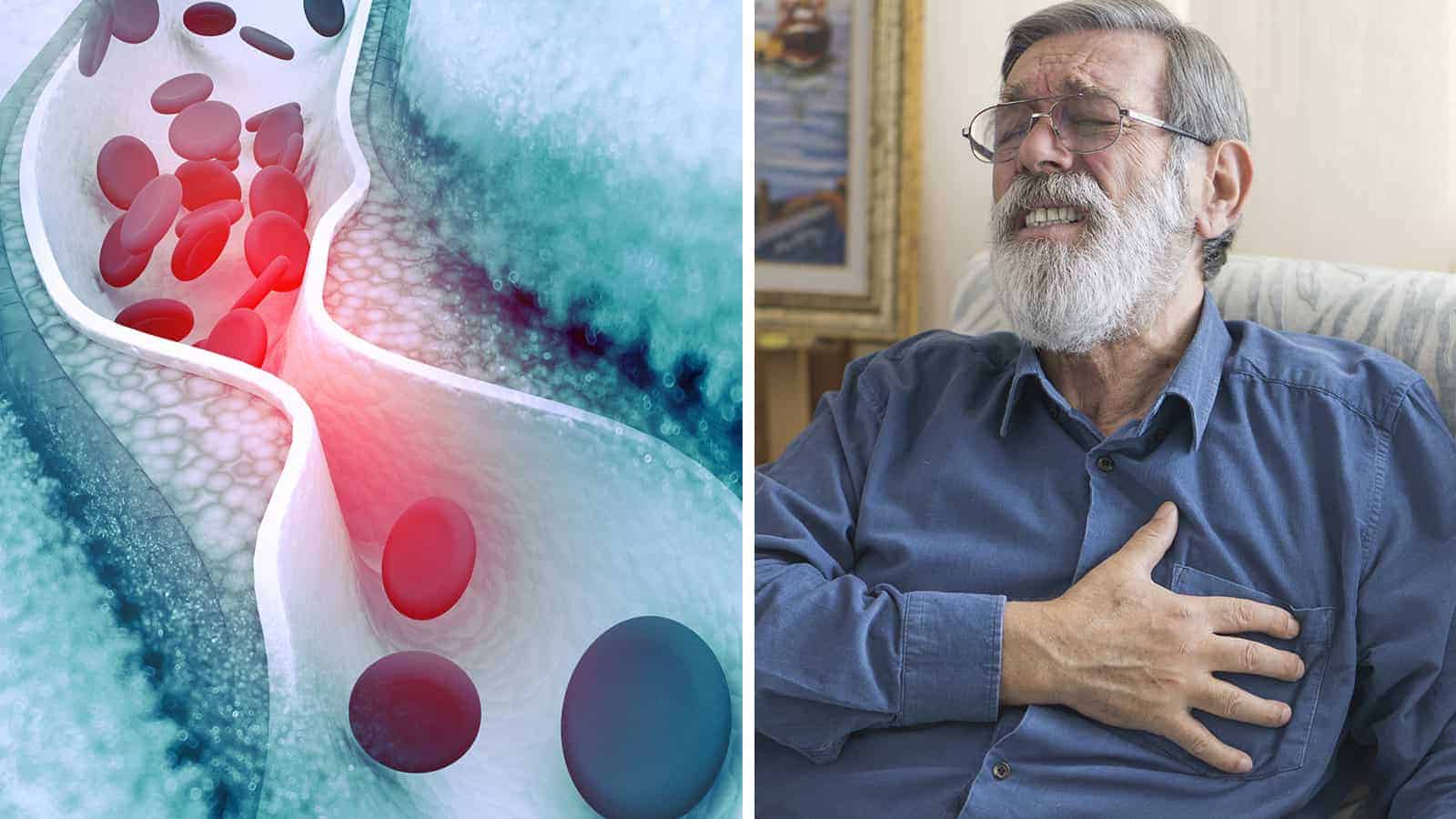A sensor developed by researchers from the University of Notre Dame and the University of Florida can diagnose heart attacks in under 30 minutes. Current methods used to diagnose heart attacks can take up to eight hours.
The new technology may help save countless lives – nearly 700,000 Americans die from heart disease each year, according to the CDC.
Troubling Statistics About Heart Disease
- Heart disease is the leading killer of men, women, and people across racial and ethnic groups in the United States.
- Cardiovascular disease kills one person every 36 seconds in the United States.
- Nearly 659,000 people in the United States die from heart disease each year, accounting for 25% of deaths.
- In 2016 and 2017, heart disease cost the United States about $363 billion each year. This number includes the cost of healthcare, medicines, and lost productivity.
- In the US, someone suffers from a heart attack every forty seconds. For one year, this equates to around 805,000 people having heart attacks.
- Around one in five heart attacks happen without the person even knowing it. Known as silent heart attacks, they occur in men more than women and don’t present with typical symptoms. If left unchecked, it can lead to eventual death from coronary artery disease.
The Need to Diagnose Heart Attacks Quickly
 Harvard University researchers believe the number of silent heart attacks may account for up to 45% of all heart attacks. People who experience SMIs (silent myocardial infarctions) often visit their doctor after experiencing persistent symptoms for several months. Doctors can detect an SMI event using an electrocardiogram (EKG) or echocardiogram, the most common way to diagnose heart attacks.
Harvard University researchers believe the number of silent heart attacks may account for up to 45% of all heart attacks. People who experience SMIs (silent myocardial infarctions) often visit their doctor after experiencing persistent symptoms for several months. Doctors can detect an SMI event using an electrocardiogram (EKG) or echocardiogram, the most common way to diagnose heart attacks.
While an EKG can detect heart disease rather quickly, health care professionals still must perform blood tests and analysis to confirm a heart attack. Results from blood samples can take nearly eight hours.
“The current methods used to diagnose a heart attack are not only time intensive, but they also have to be applied within a certain window of time to get accurate results,” said Pinar Zorlutuna, the Sheehan Family Collegiate Professor of Engineering at Notre Dame and lead author of the paper. “Because our sensor targets a combination of miRNA, it can quickly diagnose more than just heart attacks without the timeline limitation.”
New Technology Can Diagnose Heart Attack in Under Thirty Minutes
Researchers targeted three specific types of microRNA or miRNA to develop the sensor. The cutting-edge technology can differentiate between an acute heart attack and a reperfusion injury. These can occur following the restoration of blood flow to a previously ischemic organ or tissue.
In addition, the new tool used to diagnose heart attacks doesn’t require as much blood as traditional methods. The sensor’s ability to distinguish between a reperfusion injury and heart attack brings much-needed improvements to the medical field.
“The technology developed for this sensor showcases the advantage of using miRNA compared to protein-based biomarkers, the traditional diagnostic target,” said Hsueh-Chia Chang, the Bayer Professor of Chemical and Biomolecular Engineering at Notre Dame and co-author of the paper. “Additionally, the portability and cost efficiency of this device demonstrates the potential for it to improve how heart attacks and related issues are diagnosed in clinical settings and in developing countries.”
Results from the study have been published in the journal Lab on a Chip. The National Institutes of Health National Heart, Lung, and Blood Institute helped fund the study.
Researchers have begun collaborating with Notre Dame’s IDEA Center to establish a company to manufacture the sensor hopefully. They’ve also filed for a patent application.
Major Heart Attack Symptoms
- Chest pain or discomfort. Most heart attacks involve discomfort in the center or left side of the chest that lasts for a few minutes. Sometimes, the pain will dissipate and then come back a few minutes later. The discomfort may feel like pressure, squeezing, fullness, or pain in the chest area.
- Feeling weak, light-headed, or faint. Also, you may experience cold sweats.
- Pain or discomfort in the jaw, neck, or back.
- Pain or discomfort in one or both arms or shoulders. Most of the time, the pain occurs on one side of the body.
- Shortness of breath. This breathlessness often occurs with chest pain simultaneously, but the shortness of breath may sometimes happen before discomfort.
Common Lifestyle Factors That Can Cause Heart Attacks
According to the CDC, heart attacks or myocardial infarctions occur when blood flow to the heart gets blocked. So the longer the condition goes untreated, the more the heart muscles and arteries suffer. They cite the following as the most common risk factors for heart attacks:
- Smoking and excessive alcohol consumption
- Sedentary lifestyle
- Unhealthy eating habits
- High cholesterol
- High blood pressure
- Diabetes
Besides these, other uncontrollable risk factors include age and family history. Since you cannot change these factors, it’s essential to focus on positive lifestyle changes to decrease heart attack risk. Make sure to eat plenty of fruits, vegetables, whole grains, nuts, seeds, and proteins. Get adequate exercise (at least 150 minutes of moderate-intensity aerobic activity each week). Avoid smoking or drinking excessively, prioritize sleep, and keep your stress in check. Finally, make sure to manage any health conditions you may have with prescribed medications or lifestyle changes.
 Final Thoughts: New Technology Could Help Detect Heart Attacks in Thirty Minutes or Less
Final Thoughts: New Technology Could Help Detect Heart Attacks in Thirty Minutes or Less
Heart disease kills almost 700,000 Americans every year, and sadly, many of these deaths are preventable. While age and family history play a role in heart disease, modifiable lifestyle factors account for most deaths. These include smoking, drinking, lack of exercise, unhealthy eating practices, and poor sleep.
In our world, we seem to prioritize jobs and material gain over our health and well-being. Consequently, we’re dealing with myriad illnesses and diseases that could’ve been avoided by simply slowing down and caring for ourselves.
However, until our world slows down considerably, modern medicine plays a crucial role in improving people’s health. Scientists have recently developed a sensor that can help diagnose heart attacks in under thirty minutes. The invention will not only enhance medical practices but save lives in the process.


















